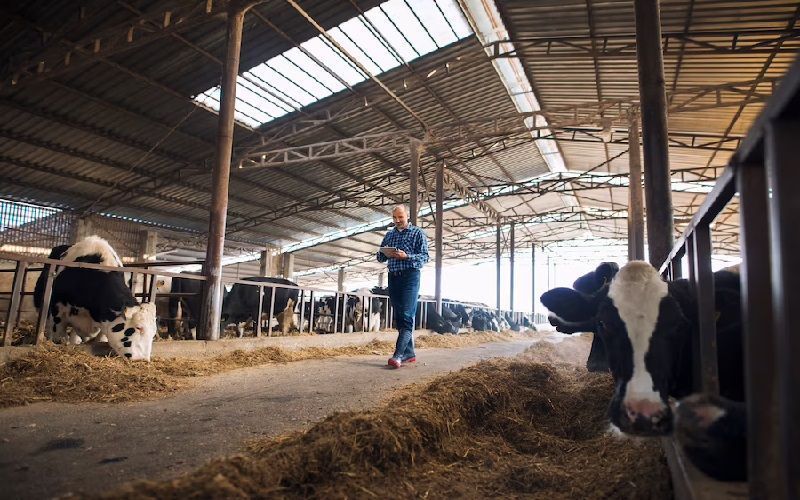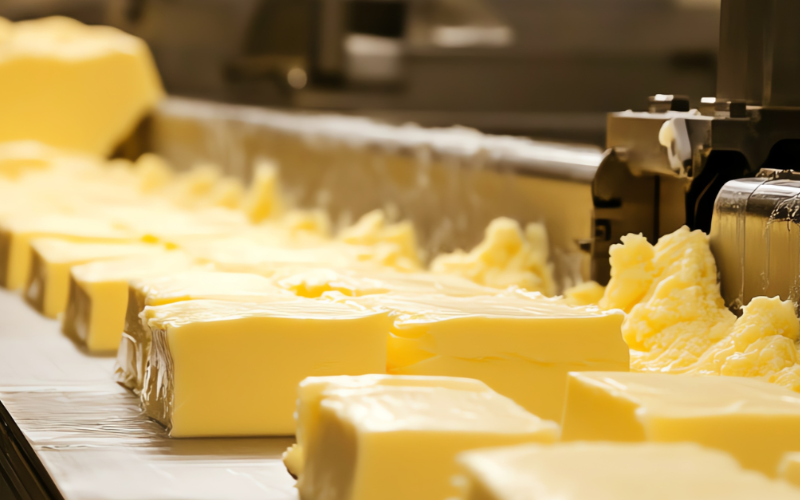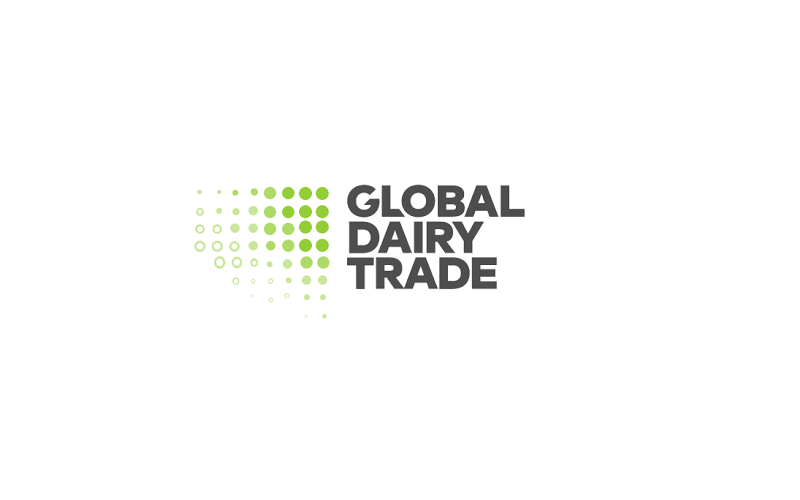How Cattle Convert Forage Into High-Quality Milk

The production of milk involves the transformation of complex plant materials into a highly nutritious food. A study published in Animal Advances in 2024 sheds new light on how dairy cattle, through their ruminal microbiota, break down lignocellulose in their diet to extract essential nutrients.
Dairy cattle consume large amounts of forage rich in cellulose, hemicellulose, and lignin, which are tough plant components to decompose. Unlike monogastrics such as humans, ruminants cannot directly digest lignocellulose. Instead, they rely on a specialized microbial ecosystem in the rumen to perform this task. Chinese researchers analyzed 244 metagenomes from Holstein cows, identifying over 5,000 microbial genomes assembled, with 1,374 of high quality.
This microbial system allows cattle to utilize nutrients otherwise indigestible, maximizing feed efficiency and milk production. The study revealed the impact of different feed types on the rumen's microbial community. Diets rich in grains reduced the activity of bacteria like Prevotella, affecting hemicellulose degradation and potentially reducing plant fiber utilization efficiency.
Conversely, forage-heavy diets promote the growth of cellulolytic bacteria, enhancing digestion and nutrient uptake. The inclusion of prebiotic and probiotic additives in the cattle diet has proven effective in modulating ruminal microbiota.
According to Mao Shengyong, the lead researcher, “Understanding the microbial mechanisms behind lignocellulose degradation in dairy cattle could significantly enhance feed efficiency and milk production. Our research highlights key microbial pathways and reveals how dietary changes can alter or improve the degradation process.”
These advancements in understanding the ruminal microbiota open up new opportunities to optimize cattle feeding, improve forage conversion to milk, and make dairy production more sustainable. By identifying efficient microbes and their response to various diets, farmers can design more precise feeding strategies to maximize production without compromising animal health or the environment.











